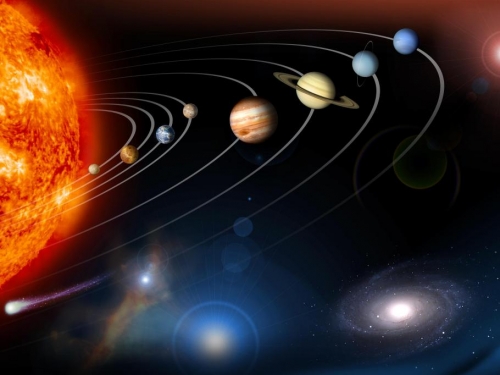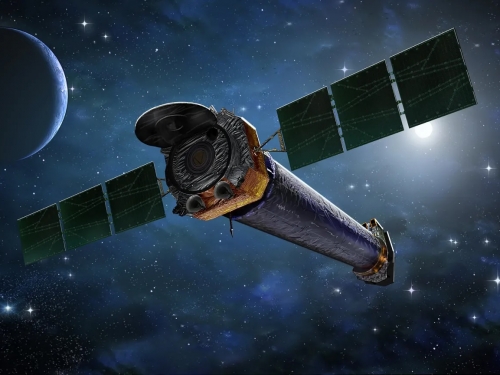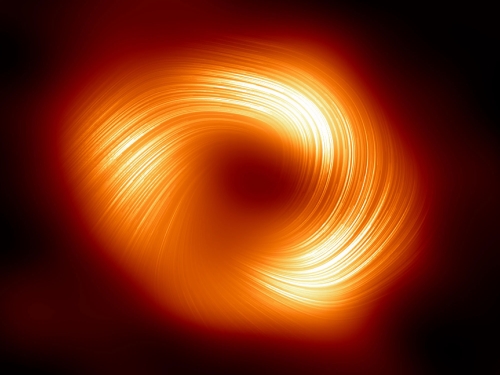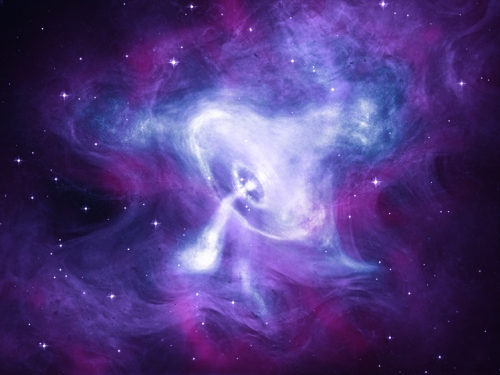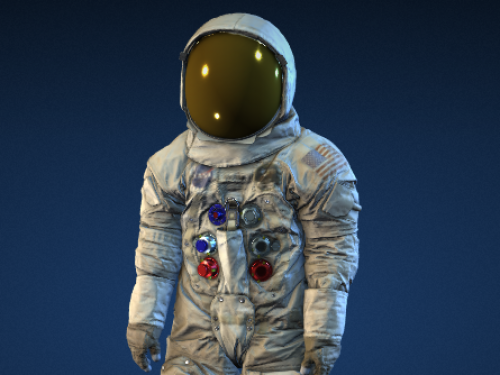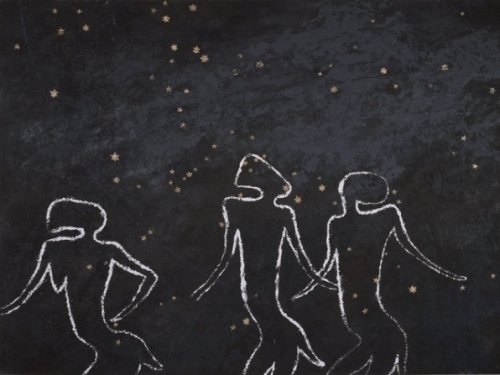

Beginning with studies of our sun in 1890, the Smithsonian has been answering questions about our atmosphere and beyond for more than a century. The Center for Astophysics | Harvard & Smithsonian advances our knowledge and understanding of the universe through research and education in astronomy and astrophysics. The Smithsonian's National Air and Space Museum maintains the world’s largest collection of historic aircraft and spacecraft and is a vital center for research with its Center for Earth and Planetary Studies.
Understanding Our Sun and Solar System
Our solar system, located in the Milky Way Galaxy, is our celestial neighborhood. It consists of eight planets, several dwarf planets, dozens of moons, and millions of asteroids, comets, and meteoroids. Scientists at the Center for Astrophysics | Harvard & Smithsonian are studying our sun’s past, present, and future. The National Air and Space Museum’s Center for Planetary Studies is studying the history of our solar system to find if life may have once existed on a planet other than our own. The museum also features galleries and exhibitions focused on inspiring the world to think about our place in the solar system.
Understanding the Nature of the Universe
What is the universe made of? How did it begin? How has it evolved over the 13.8 billion years since its origin? These are some of the questions addressed by cosmology, the study of the universe as a whole. Smithsonian astronomers and astrophysicists use observational and theoretical techniques to help us answer other "big questions" of the universe. What do black holes look like? Is there life on other planets? What are dark energy and dark matter?
Exploring Space
In April 1961, Soviet cosmonaut Yuri Gagarin became the first human in space. Soon after in May 1961, Alan Shepard became the first American in space, when he piloted the Mercury spacecraft Freedom 7 on a suborbital flight. In July of 1969, the first human stepped on the surface of the Moon. The cosmic journey continues today with the International Space Station and developments in commercial spaceflight.
Culture and the Cosmos
The Smithsonian’s resources lead us to connections across historical contexts, art movements, and cultural traditions to help us understand our place within space.


